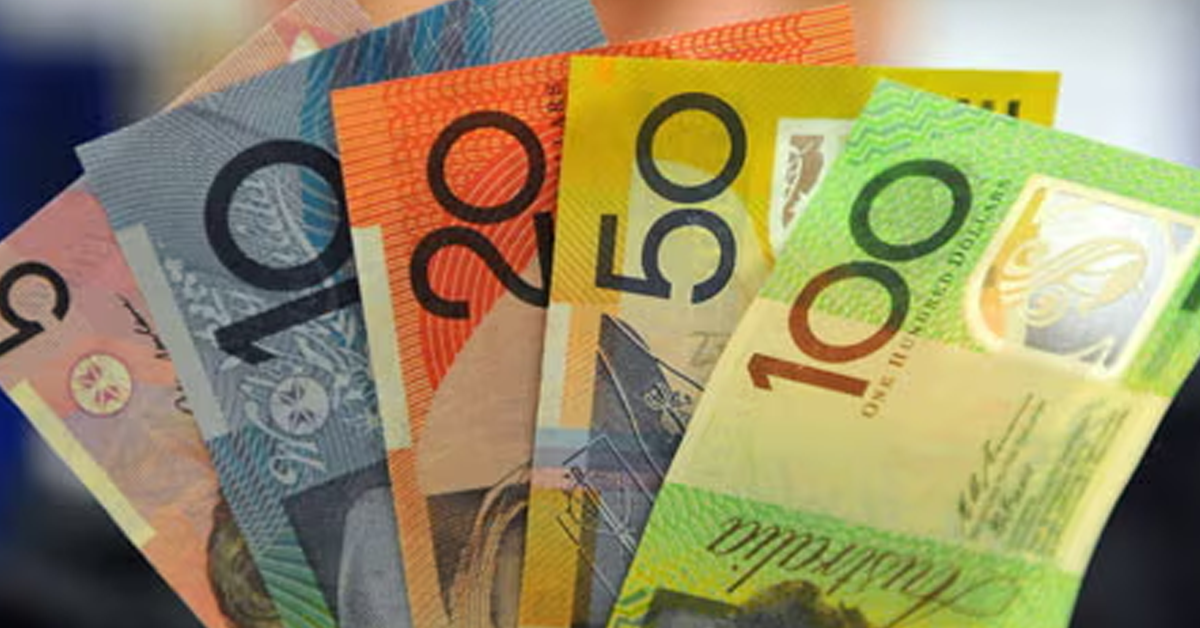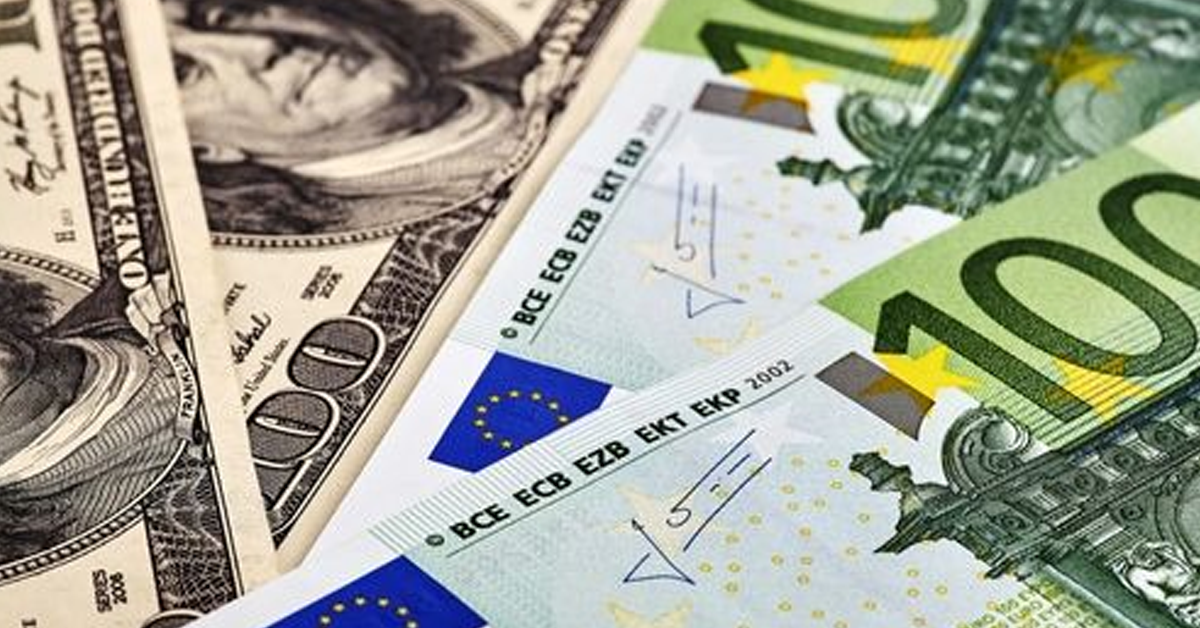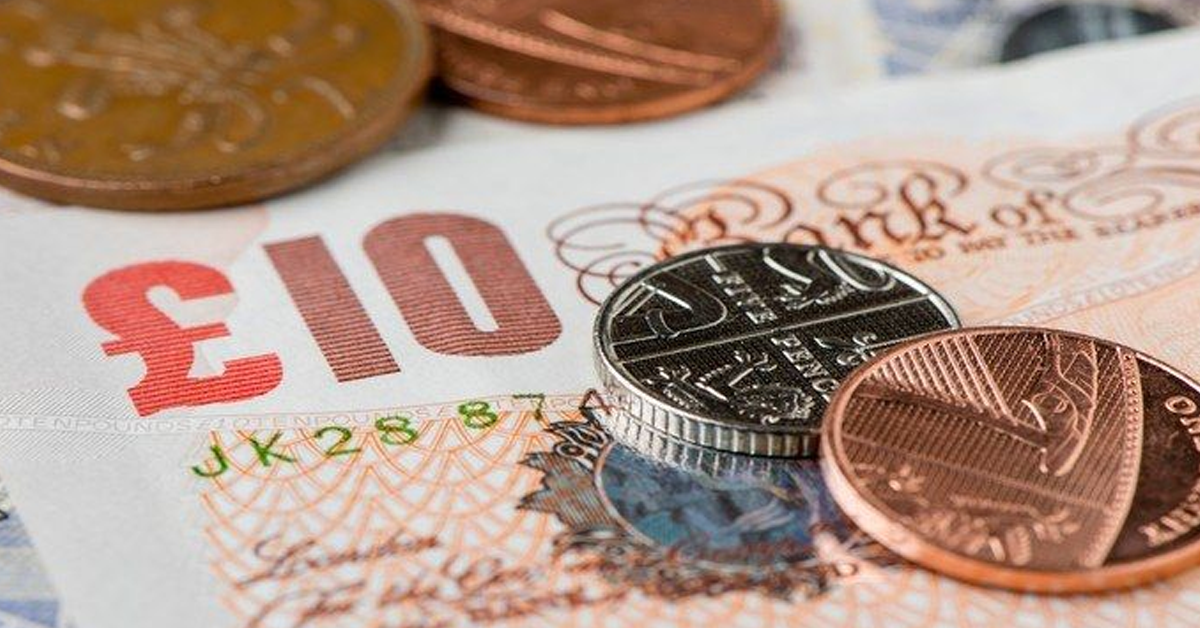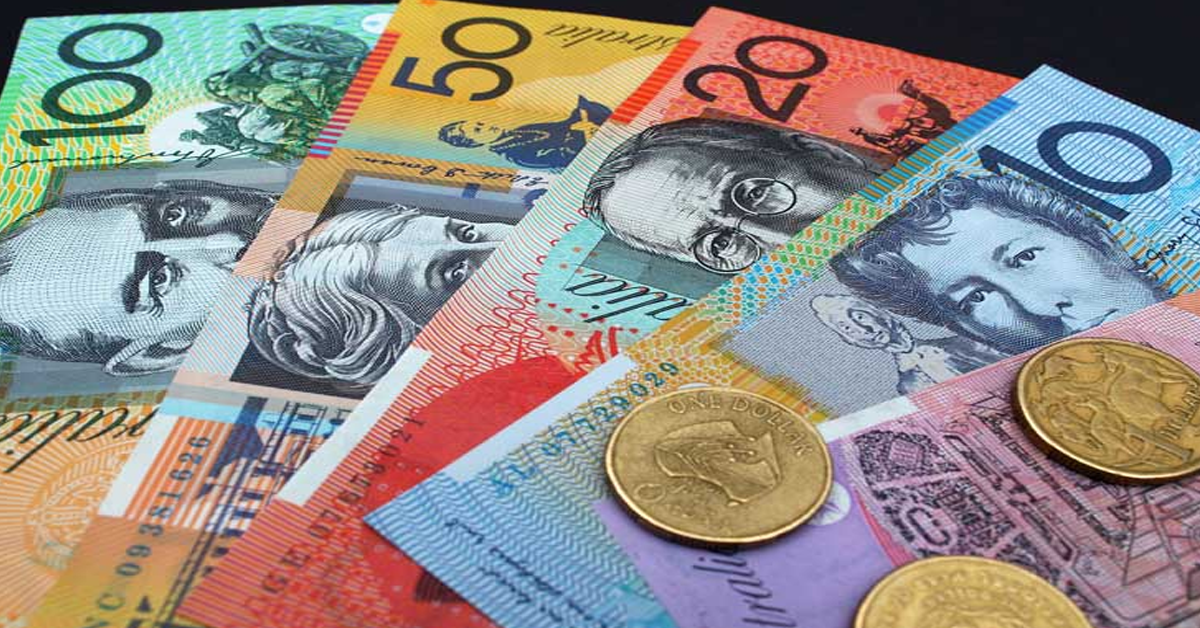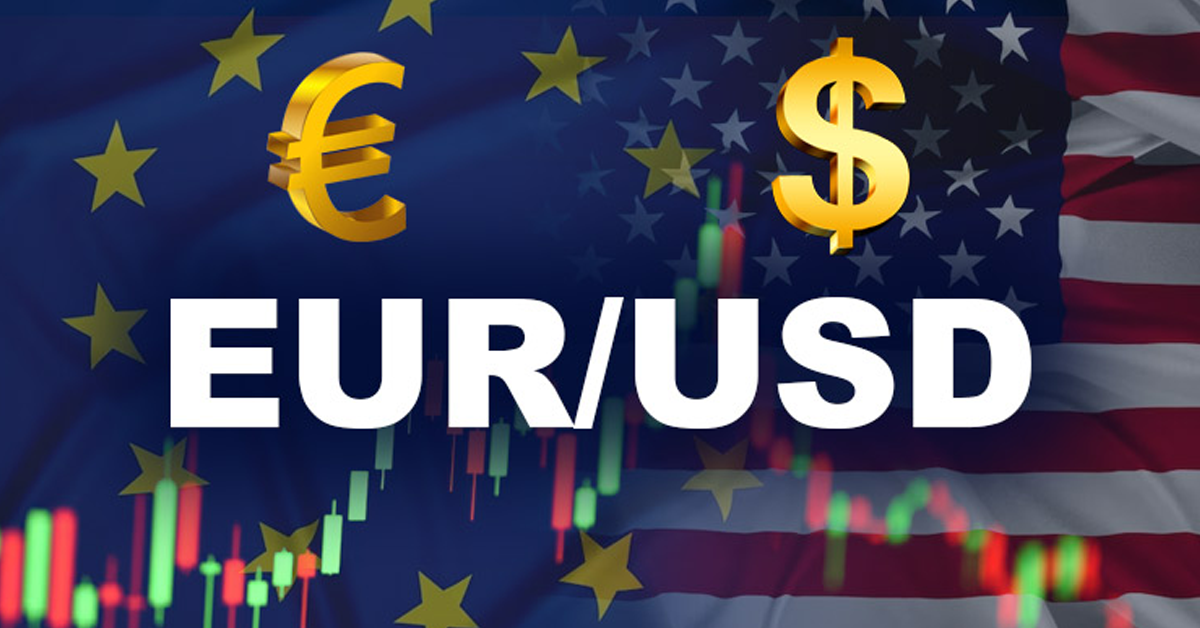On Monday, stock markets were gloomy as violence in Ukraine went on with little indication of abating, leaving investors grasping at hope for an eventual peace settlement, while oil prices rose again as supplies remained tight. On Sunday, Turkey’s foreign minister stated that Russia and Ukraine were close to reaching an agreement on “important” matters and that he hoped for a cease-fire. Investors were also watching with bated breath to see if Russia will meet more interest payments this week. It must pay $615 million in coupons this month, and a $2 billion bond is due on April 4.
Most stock markets surged last week in expectation of a Ukraine peace accord, but actual progress may be required to justify additional gains. President Joe Biden will meet with NATO members on Thursday before travelling to Poland on Friday. The global fund manager poll conducted by BofA had a negative slant, with cash balances at their highest since April 2020 and global growth prospects at their lowest since the 2008 financial crisis. Long oil and commodities were the most crowded trades, and they were the most vulnerable to a drop.
MSCI’s broadest index of Asia-Pacific stocks outside of Japan fell 0.2 percent. The Nikkei in Japan was closed, although futures were trading roughly 150 points higher than the cash close. Chinese blue chips (.CSI300) fell 0.1 percent as investors awaited further information on expected intervention from Beijing. Bond markets were bracing for more hawkish Fed language, with Chair Jerome Powell speaking on Monday and at least a half-dozen additional members speaking during the week. Policymakers have signalled a series of rises in the coming months, with the funds rate expected to range from 1.75 percent to 3.0 percent by the end of the year. The market expects a 50-50 likelihood of a half-point increase in May, with an even higher possibility by June.
Chinese blue chips fell 0.1 percent as investors awaited further information on expected intervention from Beijing. Bond markets were bracing for more hawkish Fed language, with Chair Jerome Powell speaking on Monday and at least a half-dozen additional members speaking during the week. Policymakers have signalled a series of rises in the coming months, with the funds rate expected to range from 1.75 percent to 3.0 percent by the end of the year. The market expects a 50-50 likelihood of a half-point increase in May, with an even higher possibility by June.
“Policy normalisation would come to a standstill throughout the world under this scenario.” Given the recent flattening of the Treasury yield curve, the market appears to be mindful of the threats to growth. The difference between two-year and 10-year rates has narrowed to to 21 basis points, the narrowest since the epidemic began in early 2020. Higher Treasury rates have aided the dollar’s performance against the yen, where the Bank of Japan remains committed to keeping yields near zero. The dollar was trading around its highest level since early 2016, at 119.18 yen, after rising 1.6 percent in the previous week.
The dollar fared less well overseas, in part because history suggests that whenever the Fed begins a tightening campaign, the currency tends to fall.The euro was trading at $1.1045 on Monday, having risen 1.3 percent in the previous week. The dollar index was at 98.270, down from its previous high of 99.415.CBA’s head of international economics, Joseph Capurso, said that flash manufacturing (PMI) surveys from Europe will be a challenge for the euro this week. “Europe is particularly vulnerable to weaker supplies from Russia and Ukraine, as well as increased pricing for gas and agricultural imports,” he warned. “A drop in Eurozone PMI into contractionary territory might send EUR/USD down towards its war low of $1.0806.”
In commodity markets, gold has unable to benefit from safe-haven flows or inflation fears, falling more than 3% last week. It was recently trading up 0.3 percent at $1,927 per ounce.Oil prices fell last week as well, but rose on Monday since there was no quick alternative for Russian barrels in a tight market. Brent was quoted $3.32 higher at $111.25 per barrel, while US crude was up $3.36 to $108.06 per barrel.

